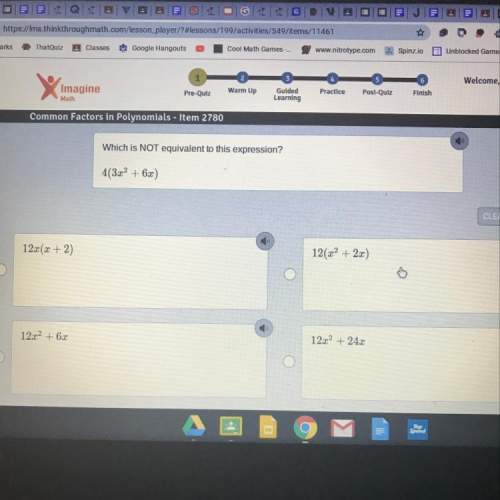
Mathematics, 31.12.2021 09:50 dewonpruitt22
Radioactive decay. Carbon-14 has a decay rate of 0.012097% per year. The rate of change of an amount N of carbon-14 is given by
where t is the number of years since decay began.
a) Let N0 represent the amount of carbon-14 present at t = 0. Find the exponential function that models the situation.
b) Suppose 200 g of carbon-14 is present at t = 0. How much will remain after 800 yr?
c) After how many years will half of the 200 g of carbon-14 remain?

Answers: 3


Other questions on the subject: Mathematics

Mathematics, 21.06.2019 16:30, itsdeevv
You drop a rubber ball off the roof of a 50 meter high building onto a paved parking lot. it bounces back up with every bounce, but not quite all the way back up to you. after the first bounce it bounces back only 80 percent of the distance it was dropped from. the pattern continues, meaning after every bounce it comes up to just 80 percent of the previous maximum height. so if before the first bounce the height is 50 meters, what height does the ball reach after the fifth bounce? round your answer to one decimal place and chose the correct response from the choices below:
Answers: 1


You know the right answer?
Radioactive decay. Carbon-14 has a decay rate of 0.012097% per year. The rate of change of an amount...
Questions in other subjects:

Mathematics, 05.07.2019 13:20







Business, 05.07.2019 13:20

History, 05.07.2019 13:30

Physics, 05.07.2019 13:30




